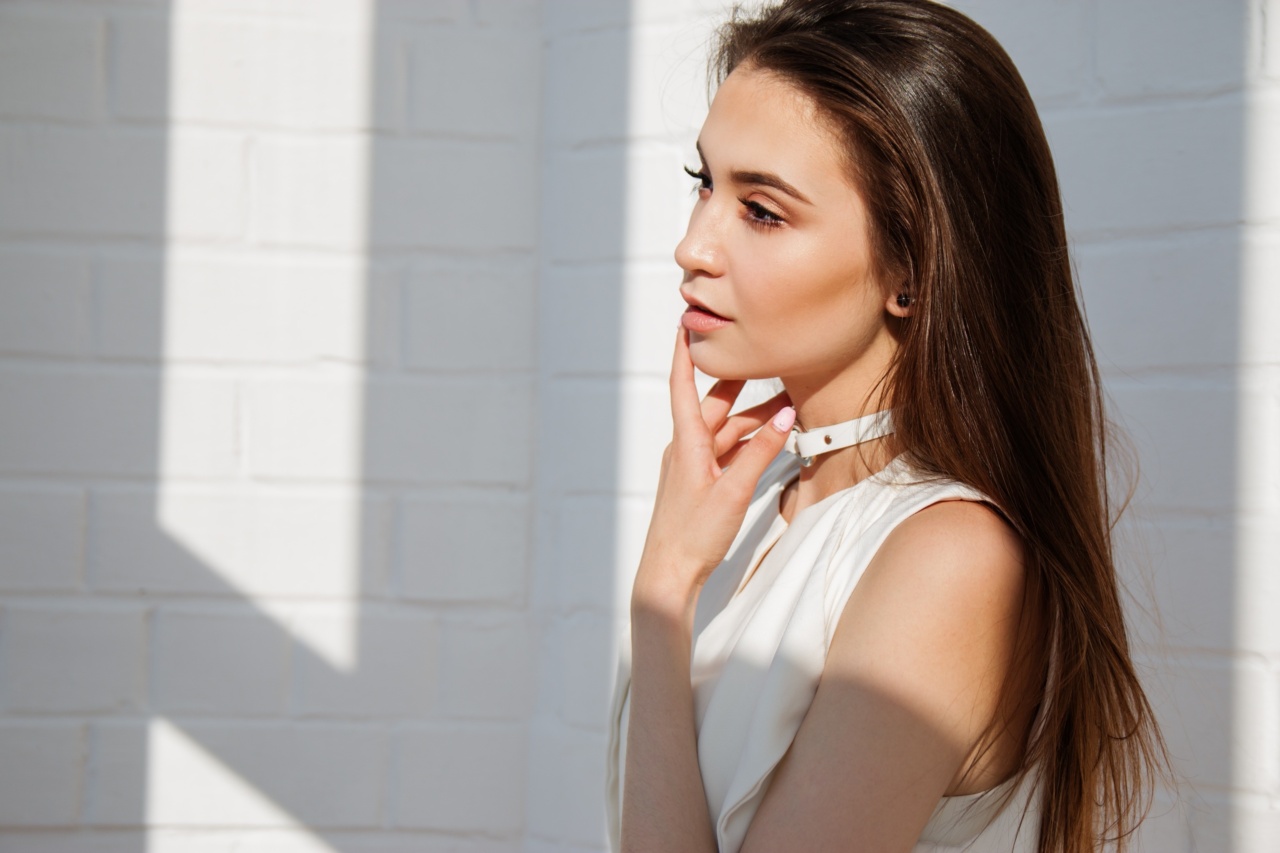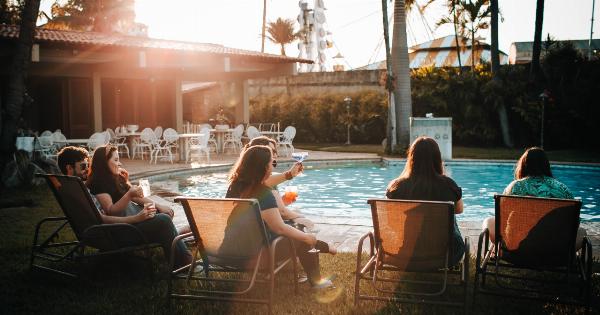People with vitiligo have patches of skin that have a lower amount of melanin. Melanin is responsible for protecting the skin from the harmful effects of the sun.
When you have vitiligo, you need to take extra steps to protect your skin from the sun’s harmful rays. There are many effective ways to do this, and this article will provide you with 30 ways to shield your skin from the sun with vitiligo.
1. Use sunscreen with a high SPF
Sunscreen is essential to protect your skin from the sun. You should choose a sunscreen with a high SPF, at least 30 or higher. Apply it to all areas of your skin that are exposed to the sun, including your face, neck, and hands. Reapply every two hours.
2. Wear clothing that covers your skin
Wear long-sleeved shirts, pants, and hats to cover your skin. Loose, lightweight clothing made of breathable fabric like cotton is best. Dark-colored clothing is better at blocking the sun’s rays than light-colored clothing.
3. Seek shade during peak sun hours
The sun’s rays are strongest between 10 am and 4 pm. Try to avoid direct sun exposure during these hours. If you need to be outside, seek shade under a tree or an umbrella.
4. Wear sunglasses
Protect your eyes by wearing sunglasses with UV protection. Look for sunglasses that block 99% to 100% of both UVA and UVB radiation. Wraparound sunglasses are the best because they protect the eyes from every angle.
5. Use physical barriers to protect your skin
Use umbrellas, canopies, or beach tents to create physical barriers between you and the sun. This will help reduce your exposure to the sun’s harmful UV rays.
6. Be aware of reflected sunlight
Remember that sunlight can reflect off surfaces like water, snow, and sand. This reflected sunlight can be just as harmful as direct sunlight. Be extra cautious when you are near reflective surfaces.
7. Check your medication labels
Some medications can make your skin more sensitive to the sun. Check the labels on your medication and ask your doctor or pharmacist if you are unsure. If your medication makes you more sensitive to the sun, take extra precautions to protect your skin.
8. Avoid tanning beds
Tanning beds can cause damage to your skin and increase your risk of skin cancer. If you have vitiligo, your skin is already more sensitive to the sun. Stay away from tanning beds.
9. Watch out for sunburns
Sunburns are extremely damaging to your skin, especially if you have vitiligo. Try to avoid getting sunburned by taking precautions like wearing protective clothing and applying sunscreen regularly.
10. Check your skin regularly
Check your skin regularly for any unusual moles or spots. If you notice anything unusual, see a dermatologist right away. Early detection is key to treating skin cancer.
11. Eat a healthy diet
Eating a healthy diet can help protect your skin from the sun’s harmful rays. Foods that are high in antioxidants like fruits, vegetables, and nuts can help protect your skin from damage.
12. Drink water
Drinking water can help keep your skin hydrated and healthy. Hydrated skin is less likely to get sunburned and damaged by the sun’s rays.
13. Use lip balm with SPF
Your lips can also get sunburned. Use a lip balm with SPF to protect your lips from the sun’s harmful rays.
14. Use aloe vera
If you do get sunburned, use aloe vera to soothe your skin. Aloe vera can help reduce redness and inflammation caused by sunburns.
15. Be mindful of your surroundings
Be mindful of your surroundings when you are outside. Some surfaces like concrete and metal can get extremely hot and increase your risk of getting burned.
16. Be cautious with outdoor activities
If you enjoy outdoor activities like hiking or biking, be extra cautious to protect your skin. Wear protective clothing and sunscreen, and take breaks in the shade to reduce your risk of getting sunburned.
17. Keep sunscreen handy
Keep sunscreen with you at all times. You never know when you might need it, so it’s best to be prepared.
18. Take vitamin D supplements
If you are worried about getting enough vitamin D from the sun, talk to your doctor about taking vitamin D supplements.
19. Don’t forget to protect your scalp
Protect your scalp from the sun’s harmful rays by wearing a hat or using a sunscreen specifically designed for the scalp.
20. Use an umbrella
Use an umbrella to create shade when you are outside. This will help reduce your exposure to the sun’s harmful UV rays.
21. Wear a rash guard
If you enjoy swimming, wear a rash guard to protect your skin from the sun’s harmful rays.
22. Use a hat with a wide brim
A hat with a wide brim can help protect your face, neck, and ears from the sun. Look for a hat with a brim that is at least three inches wide.
23. Wear sunglasses with UV protection
Wear sunglasses with UV protection to protect your eyes from the sun’s harmful rays.
24. Avoid sun exposure when possible
Avoid sun exposure when possible, especially during peak sun hours. Stay indoors or seek shade under a tree or an umbrella.
25. Be careful around water
Water can reflect the sun’s harmful UV rays back onto your skin. Be extra careful when you are around water to protect your skin.
26. Wear clothing with UPF
Some clothing is made with UPF, which stands for ultraviolet protection factor. This clothing is designed to block the sun’s harmful UV rays. Look for clothing with a UPF of 30 or higher.
27. Use a parasol
Use a parasol to create shade when you are outside. This will help reduce your exposure to the sun’s harmful UV rays.
28. Protect your children’s skin
Children’s skin is more sensitive to the sun’s harmful rays. Protect your children’s skin by following the same tips listed here.
29. Get regular check-ups
Get regular check-ups with a dermatologist to monitor your skin for any changes or abnormalities.
30. Be consistent
Consistency is key when it comes to protecting your skin from the sun. Make these tips a part of your daily routine to ensure that you are protecting your skin as much as possible.




























